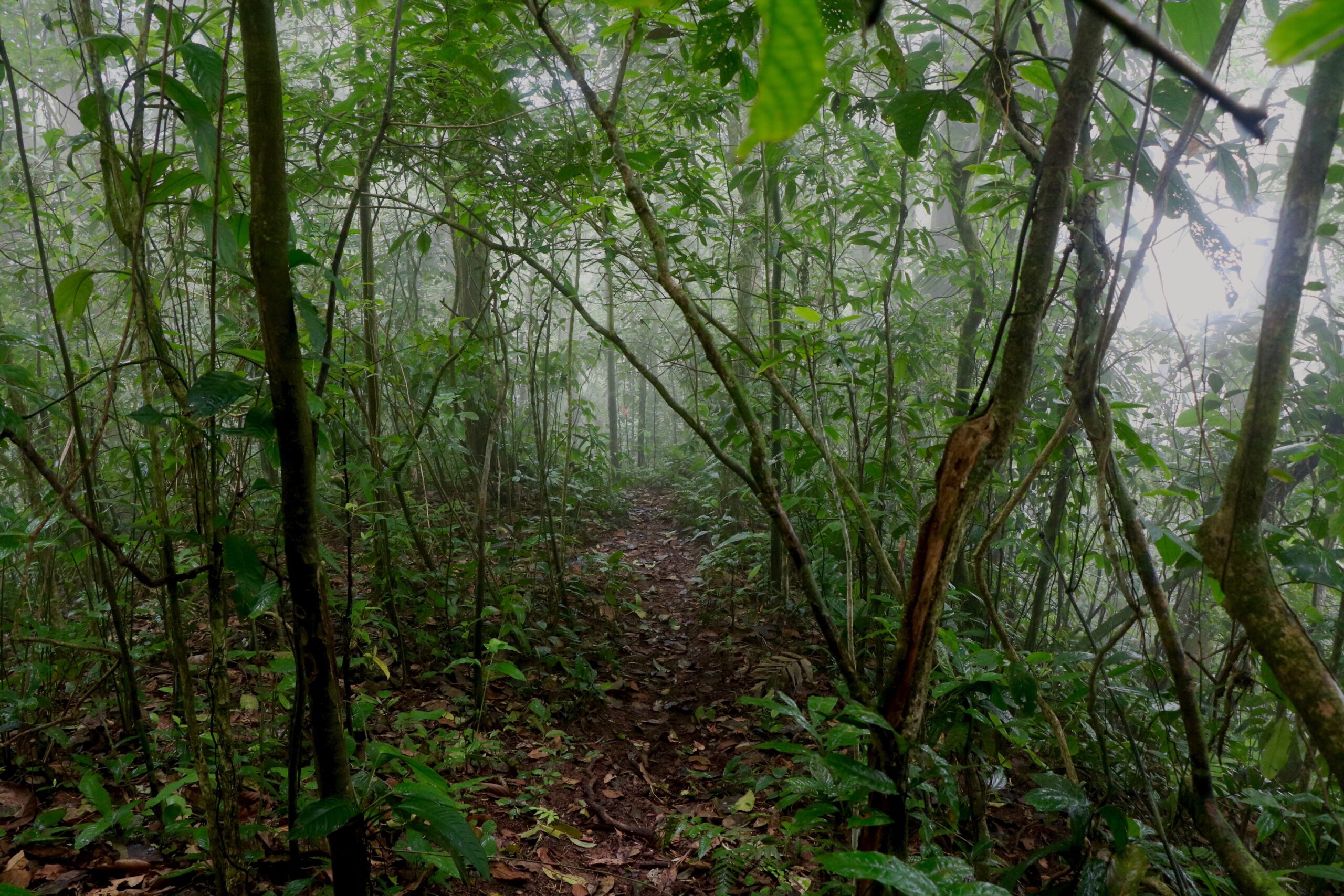Choosing the Right Tropical Clothes
Right now, we’re in the middle of Panama’s vibrant carnival festivities, and that immediately brought to mind the tradition of culecos. If you haven’t experienced them, culecos are a unique part of the celebration where water is playfully sprayed on crowds, leaving no one dry. Whether you plan on joining in or just walking through, there’s a high chance you’ll get soaked. That inspired me to put together this guide on choosing the best tropical clothes that can handle Panama’s humid climate and these unexpected splashes.

Why Tropical Clothes Matter in Hot and Humid Climates
When it comes to dressing for Panama’s relentless heat and humidity, the fabric of your clothes is your first line of defense. You can absolutely wear the classic tropical look, but this article is more focused on performance rather than design. Quick-drying and moisture-wicking fabrics ensure you stay comfortable and dry—even when caught in a spontaneous culeco. Breathable materials that promote airflow help regulate your body temperature, keeping you as dry as possible in our relentless weather. Lightweight and durable fabrics won’t weigh you down when wet, and they maintain their shape and functionality even after repeated exposure to water and sweat.
Top Material Picks for Humid Climates
For outerwear like t-shirts, pants, or shorts, prioritize high-performance materials such as synthetic blends, which are designed for active tropical clothing. They dry quickly, wick away moisture, and are incredibly durable. Merino wool—often misunderstood as a winter fiber—actually offers excellent temperature regulation and odor resistance, making it ideal for humid climates. Bamboo fiber is emerging as a sustainable option for tropical clothes due to its softness and natural breathability.
For underwear, brands like ExOfficio are at the forefront—leveraging advanced materials that combine merino wool’s natural benefits with modern moisture-wicking technology. These options help you avoid the pitfalls of traditional fabrics that tend to cling and chafe when wet.
A Note on Cotton
While cotton is renowned for its softness and breathability, its high absorbency makes it less than ideal for tropical climates. Cotton tends to retain moisture, leading to prolonged drying times and potential discomfort during long, active days. In the humid conditions of Panama and Central America, choosing tropical clothes made from quick-drying materials is a smarter choice for staying comfortable and dry.
Practical Product Recommendations for Tropical Clothing
If you’re looking to upgrade your tropical wardrobe with clothing that balances performance and style, keep an eye out for these essentials:
- Breathable, Water-Resistant Footwear: Look for shoes with mesh designs that enhance air circulation and speed up drying times.
- Moisture-Wicking T-Shirts & Shirts: Synthetic blends are ideal for tropical heat. Look for technologies like Nike Dri-FIT, Under Armour HeatGear, Columbia Omni-Wick, or Patagonia Capilene, which keep moisture off your skin and dry quickly.
- Breathable Shorts & Pants: Shorts provide maximum ventilation and freedom of movement, perfect for staying cool. If you need more coverage, lightweight, breathable pants with quick-dry technology help protect from the sun while keeping you comfortable.
- High-Performance Underwear: ExOfficio’s range, blending merino wool and modern synthetics, is an excellent choice for moisture management and comfort.
Packing and Travel Advice for Tropical Clothes
Traveling to Panama requires smart packing strategies that reflect the unpredictable nature of tropical weather. Wear moisture-wicking clothing close to your skin, like a quick-dry t-shirt and breathable underwear designed to stay dry and prevent chafing. Pair these with a lightweight, breathable outer layer for added comfort on active days.
Choose mix-and-match items that coordinate easily, allowing you to adapt your outfit for both daytime adventures and evening events. Prioritize performance fabrics that are wrinkle-resistant and can be packed tightly without losing functionality—essential for long journeys or limited luggage space.
Given Panama’s spontaneous rain showers and humid conditions, consider including water-resistant clothing options, such as a lightweight waterproof bag or a quick-dry poncho, to keep you protected when the unexpected happens. In addition, you will also need reliable rain gear to fully prepare for the region’s frequent downpours.
We have a dedicated article covering detailed rain gear recommendations—check it out for more insights on staying dry in unpredictable weather.
FAQs and Expert Opinions on Tropical Clothes
What is the best fabric for staying cool in Panama’s humid weather?
Experts suggest that synthetic blends and merino wool are top performers for tropical clothing. They not only wick moisture away from the skin but also dry quickly—an essential quality during water-soaked events like the culecos.
Can I wear cotton in Panama’s climate?
Sure, you can wear it, but be aware of the challenges. While cotton is soft and breathable, its tendency to hold moisture makes it less ideal for tropical environments. This leads to prolonged drying times and potential discomfort during long, active days. If you do choose to wear cotton, opt for lighter weaves and looser fits, and consider the day’s humidity levels and activity level to avoid feeling damp and sticky.
How can I pack light and still be prepared for tropical weather?
Focus on versatile, layered tropical clothes made from performance fabrics. Prioritize items that are wrinkle-resistant, quick-drying, and easy to mix and match.
Textile specialists and outdoor gear brands recommend that travelers to tropical destinations like Panama invest in high-performance fabrics. These materials help regulate body temperature and manage moisture efficiently, allowing you to stay comfortable in humid conditions.
Embrace Tropical Clothing for Carnaval or any other time in Tropical Panama
Choosing the right tropical clothes isn’t just about following fashion trends—it’s about embracing the vibrant and unpredictable energy of Panama’s tropical climate. By focusing on high-performance materials and smart travel strategies, you can confidently enjoy every splash of a culeco, every dance in the rain, and every sunlit adventure.
Ever been to culecos? Do you agree with our recommendations? Let us know in the comments or feel free to ask any questions!
